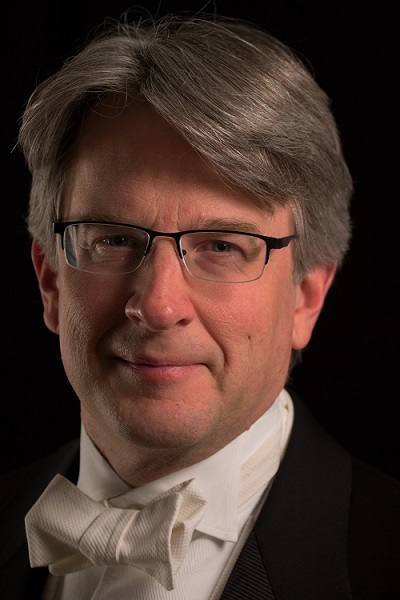Timothy Muffitt
For any orchestra,
tackling the Mahler Symphony No. 2 (Resurrection) is a major undertaking.
The 90-minute work is demanding
on the conductor for sure, but each musician must remain focused for every
minute of the performance.
In all regards, the
Lansing Symphony Orchestra’s reading of the Mahler last Saturday night was a
brilliant success. The 5-movement work is a stunning reverie that includes many
emotions, musical styles, and a huge cast of characters – maybe 250 musicians.
But it all worked. Maestro
Timothy Muffitt had a musical vision of the piece and his intense conducting
style kept everyone driven towards making this gigantic work all make perfect
sense.
One could think that any symphony
that uses a choir, vocal soloists, seven timpani, organ, five trombones, and
many other extra musicians, is simply trying to create a spectacle. But somehow, Mahler’s genius orchestration made
it all seem terribly logical. It didn’t feel overwhelming.
At one point, at the
height of a huge crescendo, all four flutists put their instruments down and picked
up their piccolos – imagine four piccolos screeching at the top of a chord.
At another point, one
drummer turned around and helped the other two timpanists and you had full
three note chords being played on the kettle drums. Wonderful sound.
And then, toward the end
of the work, the five trombones with tuba played a glorious chorale by
themselves.
The stage was busy. Trumpets and horns getting up in the middle
of the concert to go backstage and perform ethereal off-stage music. All horns
(10-12 players) holding their horns up, parallel to the ground.
Everything fell into perfect
order and made for a stunning, emotional performance.
The two vocal soloists – Ilana
Davidson, soprano and Susan Platts, mezzo-soprano, seemed to not add as much to
the total picture as they could have. That’s Mahler’s problem, not the soloists. In fact, mezzo soprano Platts was particularly
impressive. But their parts were so
small that one wondered if they needed to be there.
The orchestra had many individual
and section solos and for the most part they were superb. I would have liked to have heard more
presence and soloist style coming from the principal oboe.
As we now listen to music
on ear buds, wireless speakers, and computers and phones, this performance brilliantly
makes the case for the power of live music performances. Listening to this wall-to-wall music was a
thrilling experience – and one that cannot be duplicated by electronic
means. One must be there and be
surrounded by this enveloping sound.
And guess what? There wasn’t
one microphone on stage. This firestorm
of sound was all acoustic music with the full overtone series of each instrument
displayed in total sonic splendor. This kind
of over-the-top musical composition can only be truly experienced live.


No comments:
Post a Comment